UX design: The unsung hero of great EV experiences
&w=256&q=90)
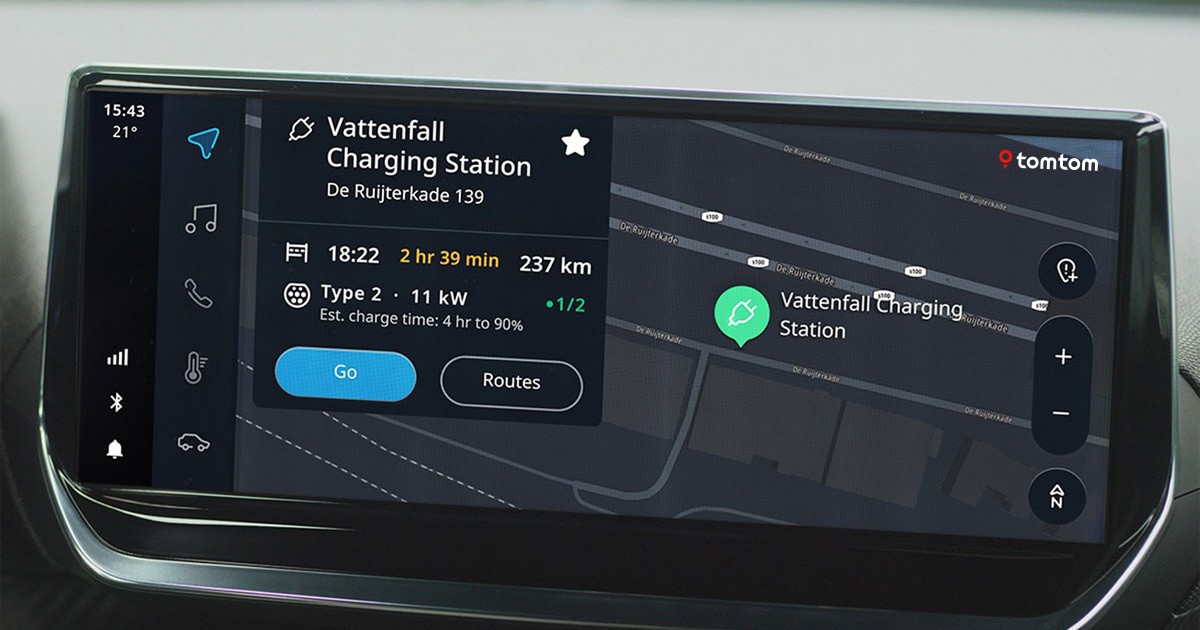
In the future, the experience of driving an electric vehicle will be as seamless as that of driving a gasoline-powered car today. Until then, user experience (UX) designers have the unique opportunity to make the in-vehicle experience more intuitive for those making the switch. But there are some important things they need to keep in mind as they take on this challenge.
In a world of EVs, in-vehicle UX is an incredibly important part of the carmaking process — it's where the brand comes to life and where drivers get range and charging information. It’s important for designers to keep practicalities for the end user in mind, not just the brand.
Charging woes
As much as we’d like to believe otherwise, worries about range are a huge part of the EV experience. Be it a seasoned user or a newbie, charging and making it to your destination without running out of battery are still major concerns. To alleviate some of this stress, drivers should have access to key vehicle and range information even before they set off on their journey.
“As an EV driver, I should be able to plan my journey. I should know if I have to charge in the middle, and where I can do that on the way to my destination,” says Balraz Singh, TomTom’s Senior Product Marketing Manager for EV.
But having an overview of their journey might not be enough to allow drivers to plan their trip the best they can. They would also benefit from details about the specific facilities available on their route.
“Once I arrive at a charging location, the location should mirror the type of data I was shown while planning my journey — the amount of EV connectors on site, their availability, available charging or payment methods etc. So, all the information that I see beforehand that shapes my image of this charging location should match with the actual experience of me going there and interacting with it,” adds Singh.
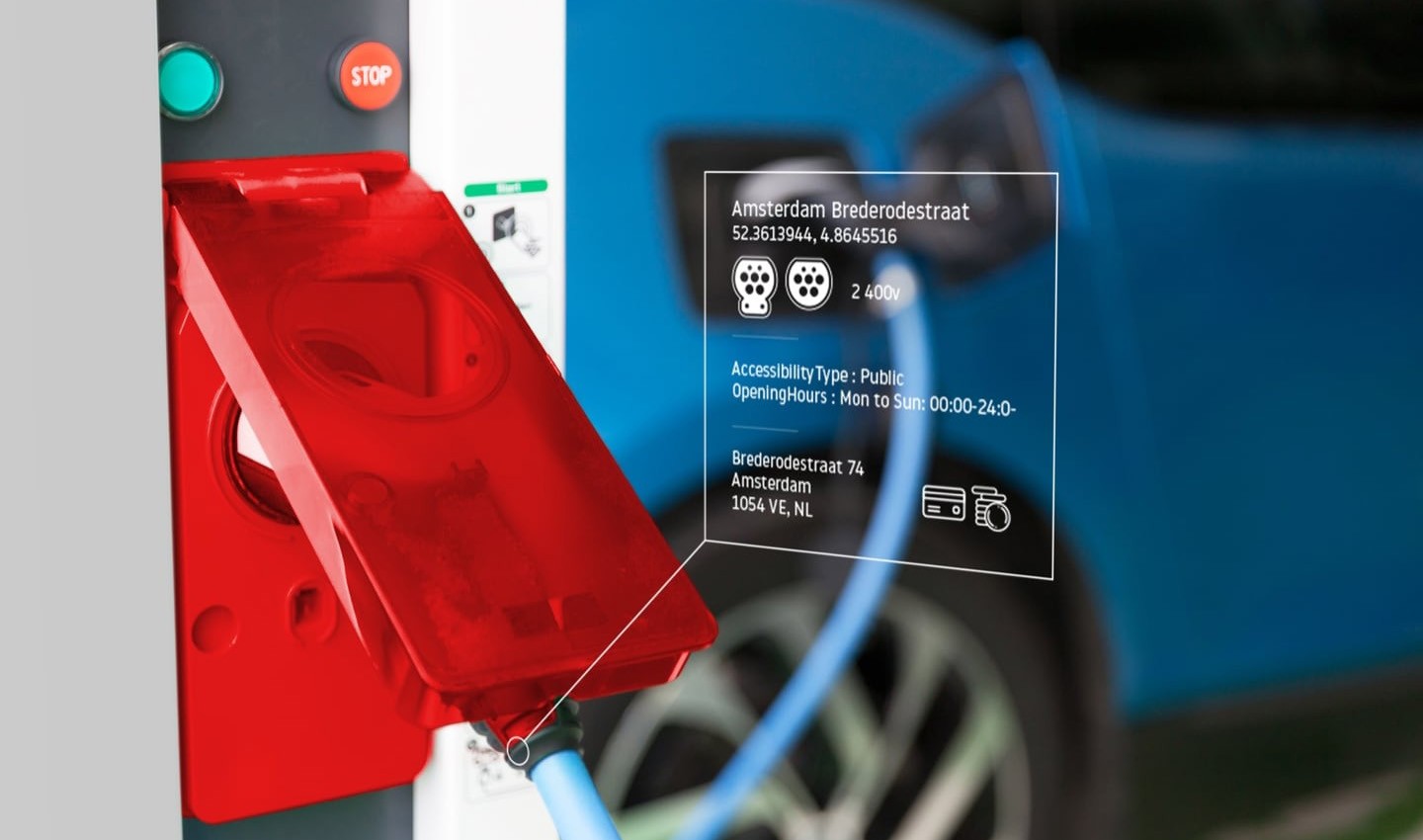 To alleviate range and charge anxiety, drivers need access to key charging information even before they arrive at a charging location.
To alleviate range and charge anxiety, drivers need access to key charging information even before they arrive at a charging location.Ensuring that drivers are able to plan EV journeys efficiently, especially those over long distances, and complete them would be a big win for everyone involved. But it’s easier said than done.
At the charging location
As Singh points out, drivers’ concerns aren’t limited to making it to a charging location in time. There are several things to figure out before they can even plug in their car.
Currently, EVs make up only about 1% of cars on global roads. And considering that 52% of car buyers want to make the switch and many territories are banning the sale of gasoline vehicles, there are going to be a lot of new EV owners and drivers that have little to no experience with EV charging, very soon.
UX designers need to ensure the in-car experience also considers these beginner needs, so that drivers can get comfortable with their new vehicles. “Those who are new to EVs might need help figuring out how to use different chargers, various charging ports and even different EV charge rates. By providing them those resources, we can ensure that the EV experience is also educational,” says Christina Yu-Ting Wang, TomTom Senior UX Designer.
Once drivers know how to charge and the vehicle is plugged in, questions of how to make the most of the time spent charging arise. Based on the range of the EV and the kind of charger, EVs can take anywhere between 20 minutes to upwards of five hours to fully recharge. Even if drivers simply top up during their journeys rather than charging from empty to full, this still means they spend a considerable amount of time waiting.
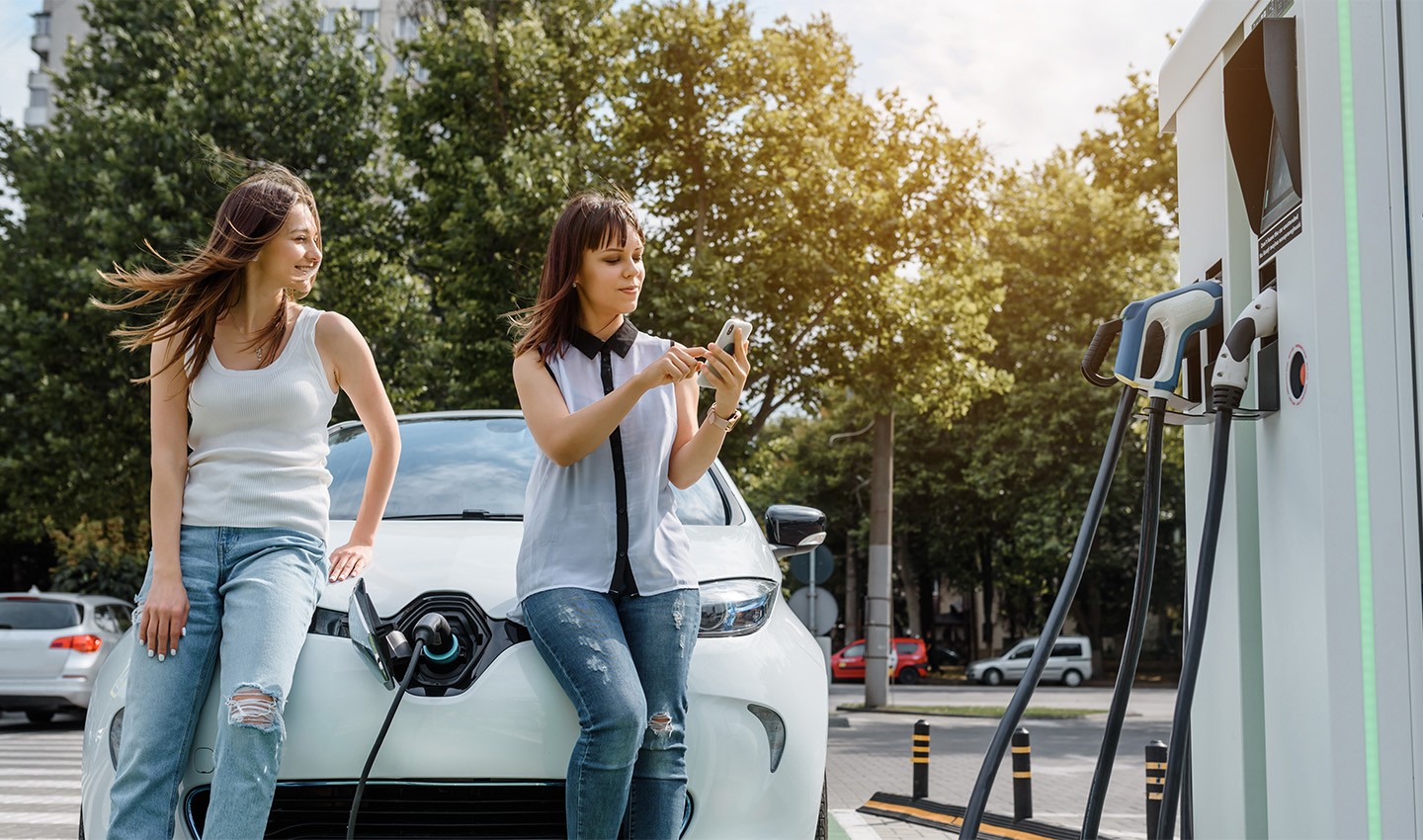 In order to make the most of the time spent waiting to charge, drivers can be suggested charging locations close to appropriate POIs.
In order to make the most of the time spent waiting to charge, drivers can be suggested charging locations close to appropriate POIs.“If drivers are suggested charging locations close to appropriate POIs where they can say grab a cup of coffee, something to eat or even just use the restroom, they will be able to maximize what they get out of the time it takes to charge their car,” says Wang.
The complexities of EV routing
Providing a hassle-free EV experience is a complex problem because there are lot of moving parts. According to Drew Meehan, TomTom's Senior Product Manager for Electric Vehicles, the concept of ‘one-size-fits-all’ isn’t applicable when it comes to designing UX for EVs.
“Drivers have different requirements at different moments, and things can change over time.”
And while what Meehan says stands true also for internal combustion engine (ICE) vehicles, the infrastructure to support driving them is so widespread now that these complexities are no longer a concern. Running out of fuel? Simply fill up in five minutes at the next gas station and be on your way.
When it comes to EVs however, that infrastructure is still being built. The availability of charging stations varies greatly country to country, as does the speed at which new ones are installed. This adds even more complexity to planning the most optimal routes for EVs.
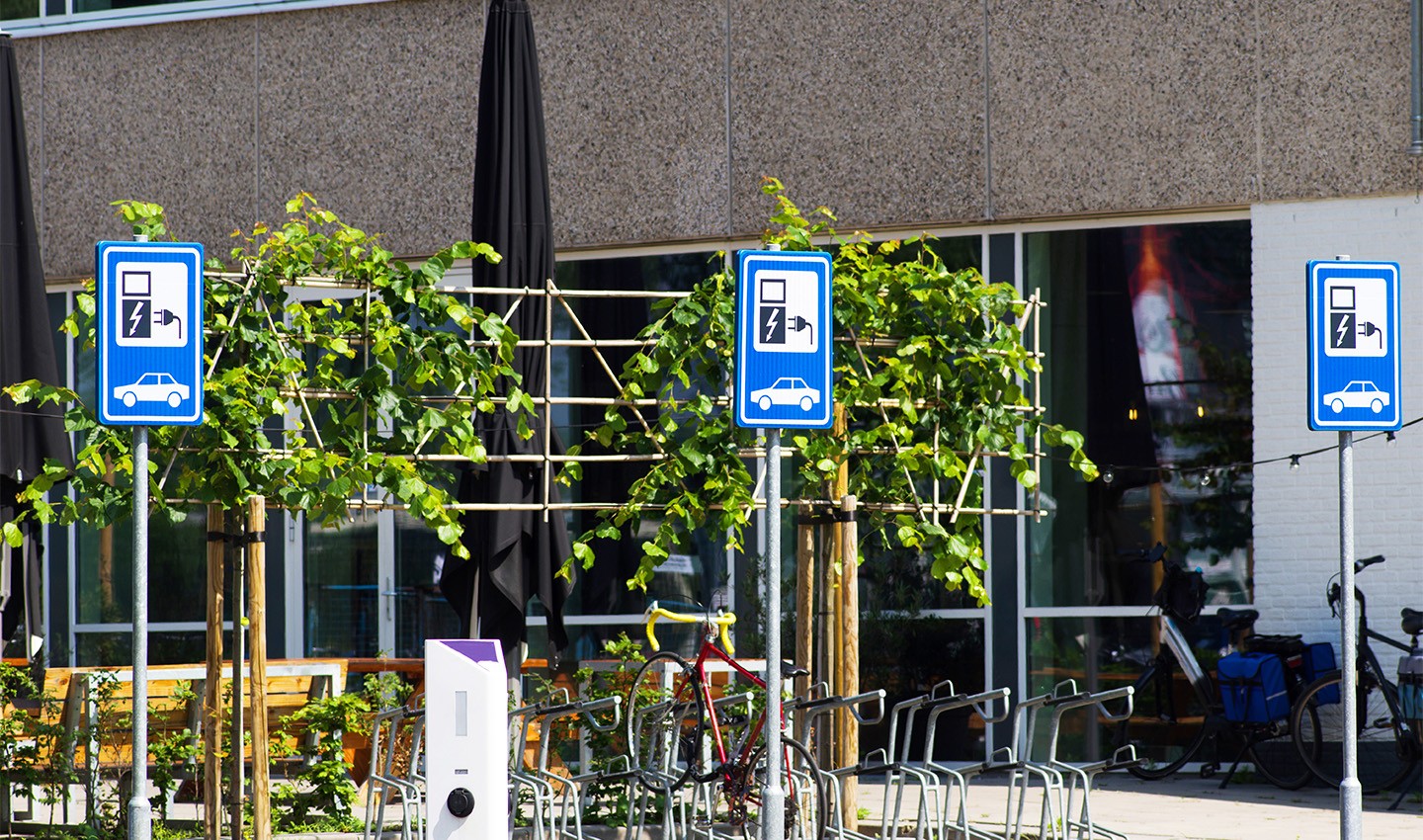 EV infrastructure can differ greatly based on the region and country you’re driving in.
EV infrastructure can differ greatly based on the region and country you’re driving in.Apart from the region you’re driving in, there are also more subtle factors that can affect battery range, such as the weather and the subsequent use of features like climate control. Cold weather, for example, is bound to cause range loss, and that degree of loss differs by model.
To plan optimal routes with all these considerations in mind, navigation capabilities need to be deeply integrated in an EV, according to Wang, who also works on TomTom Digital Cockpit.
While carmakers can easily calculate how much battery is left and linearly determine how long it will last, based on the driver’s past usage, how long the battery will last in reality relies on a lot of factors about the road ahead, which is anything but linear.
“Having a trustworthy navigation system in your EV is the key to efficient routing, as it will tell you how the battery will be used in real time. This has been one of our major areas of focus when designing the TomTom Digital Cockpit as EV-first,” says Wang.
Relaying information without cognitive overload
The EV experience also relies on communicating essential information to the driver. To avoid stressing the driver with too much information and ensuring they keep their eyes on the road, information should be presented in different ways.
“In the car, we only want to grab drivers’ attention when it’s absolutely necessary. We want to display information they look at and use other senses to communicate other information that isn’t necessarily visual but that they need to be aware of. For example, we communicate some things only through sound, such as specific sounds to let them know their phone has been paired with the system,” says Wang.
How information is displayed also makes a huge difference to how drivers process it. That's why Meehan thinks it's important to maintain a “flat interface” when designing the UX for EV.
“There shouldn’t be too many layers [to the interface] and that information is easy to access because there are many more settings and a higher degree of personalization to the car that is needed,” he says.
He cites the example of visualizing data about charging stations on a map.
“In most cars, it takes three to four [interactions] before a driver can even see which chargers are available, which is something they should be able to see at a glance.”
Future-proofing today's EVs
Another way of ‘flattening’ the experience and making it more cohesive is to “add intelligence through machine learning, making it possible to be more proactive with how data is presented,” Meehan adds.
This would make it possible to identify patterns of behavior specific to each user. For example, if a driver usually charges their car through the night and leaves home with 100% charge every day, it can be safely assumed that they have a home charger. So, when they’re driving home, they won’t need to be reminded to charge on the way. Their digital cockpit could suggest more convenient routes accordingly.
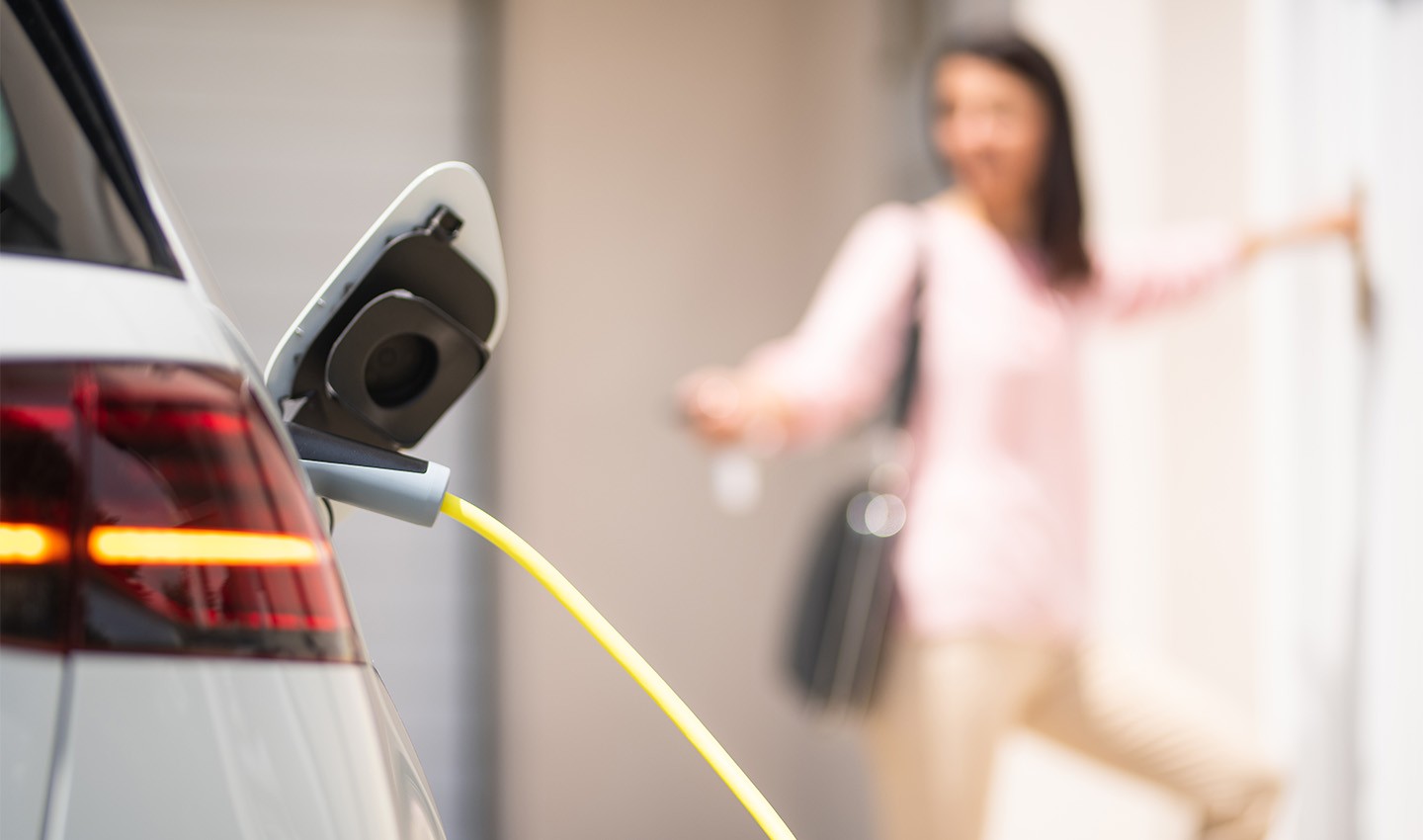 Adding intelligence to the EV through machine learning can help tailor UX to user behavior, such as whether or not they have a home charger.
Adding intelligence to the EV through machine learning can help tailor UX to user behavior, such as whether or not they have a home charger.In theory, this should reduce the unique stress and anxiety of newly driving an EV and improve the experience as time goes by and the car becomes more accustomed to its owner’s lifestyle. As machine learning and AI understand driver needs better, this can be fed back to UX developers to inform research, iterative improvements and updates, so that the in-vehicle experience continues to feel fresh even as the car’s hardware ages.
The lifespan of an EV is already decently long, but that then creates the need for ‘future-proof’ cars that stand the test of time.
“As designers, we need to ensure that EVs are equipped to keep up with the speed at which new technology is rolled out. We should be able to offer incremental updates of the experience based on the different technology available as well as the needs of the customers at different points of time,” says Wang.
Designing EV experiences for drivers
It’s painfully simple, but it seems one of the keys to increasing EV adoption lies in designing electric cars so that drivers feel as comfortable as possible while using them.
In the quest for unique experiences, designers often forget that at the end of the day, drivers need a vehicle that gets them to their destination safely and on time. This is the objective that drives Meehan and Wang.
“We test our initial designs online with people from different backgrounds, ages and regions to really understand how the interface comes across to them and how they use it,” says Wang. “Next, we conduct user testing via simulators. And finally, we conduct on-road driving tests. Our interactive testing efforts help us learn and improve the user experience.”
As more carmakers amp up their electrification efforts, UX designers have the opportunity to fuel innovation in the automotive industry that benefits drivers.
“We need to strike the right balance between how existing technology can assist users and what new technology is required to solve problems. That’s why UX designers must act as bridges between carmakers and users,” she says.
People also read
)
Designing digital cockpits of the future: Takeaways from TomTom’s latest webinar
)
The complexity of fixing range anxiety
)
What is range anxiety?
)
The world needs a better map: TomTom is making it with its new Orbis Maps and ecosystem
* Required field. By submitting your contact details to TomTom, you agree that we can contact you about marketing offers, newsletters, or to invite you to webinars and events. We could further personalize the content that you receive via cookies. You can unsubscribe at any time by the link included in our emails. Review our privacy policy.